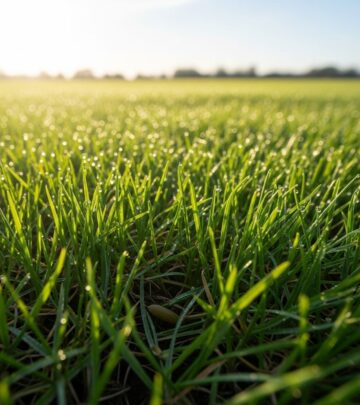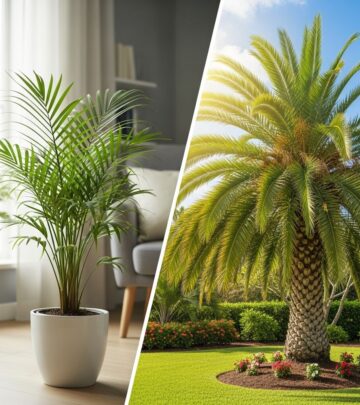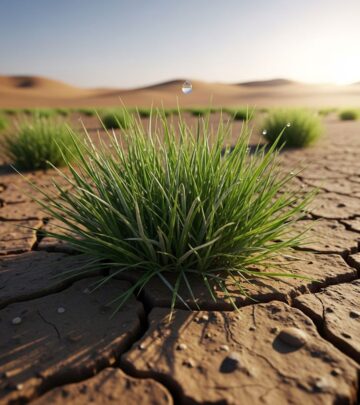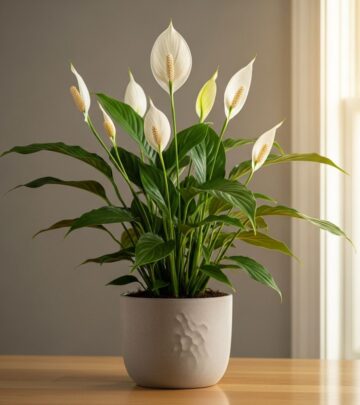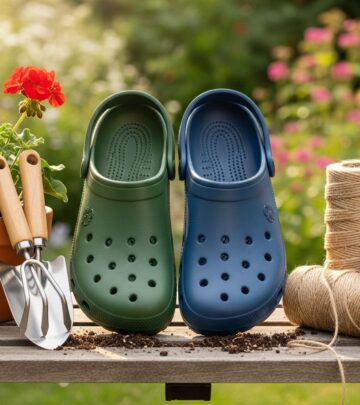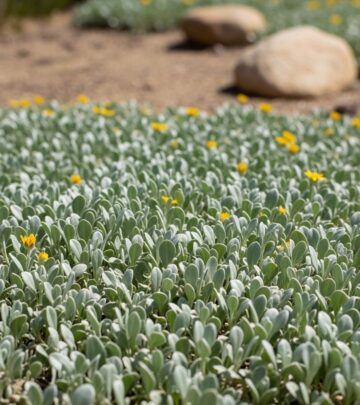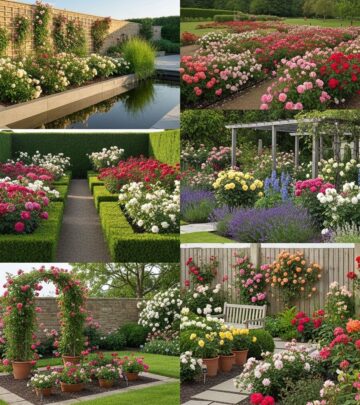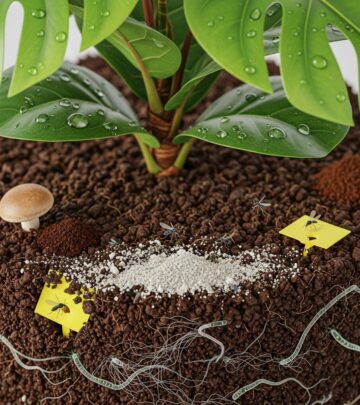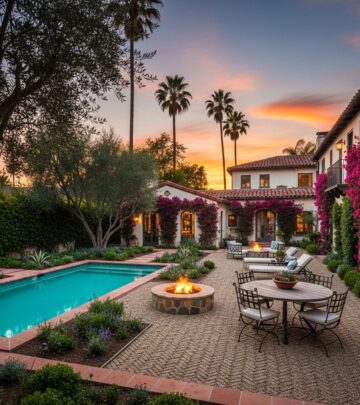Butterfly Garden Design: Comprehensive Guide To Plants & Layout
Transform your outdoor space into a vibrant haven buzzing with colorful winged wonders.
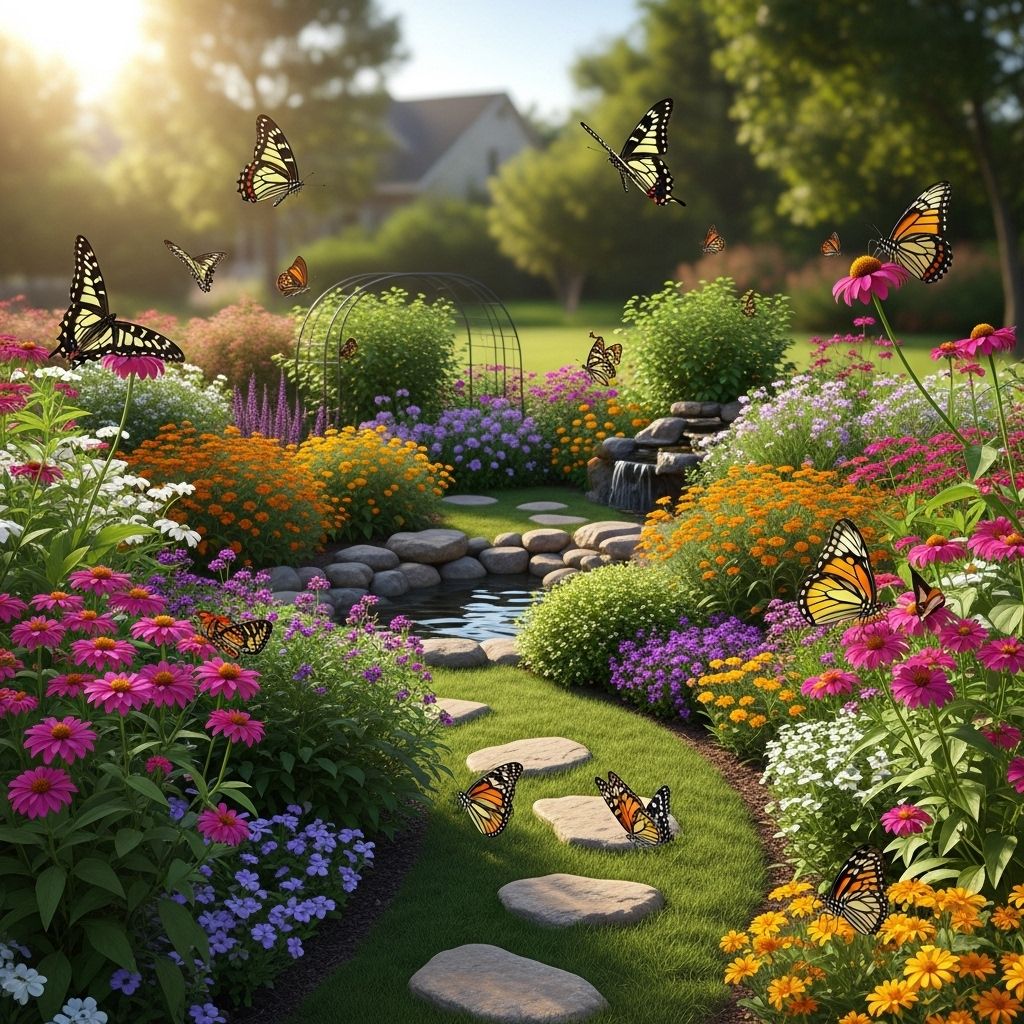
Image: HearthJunction Design Team
Creating a Magical Butterfly Garden: Design Tips & Plant Guide
There’s something truly enchanting about watching butterflies flutter from flower to flower in your garden. Beyond their beauty, these delicate creatures play a vital role as pollinators in our ecosystem. Creating a butterfly garden is not only a rewarding way to bring more color and life to your landscape but also contributes to conservation efforts for these important insects. This comprehensive guide will walk you through everything you need to know to design, plant, and maintain a thriving butterfly garden that will delight both you and your winged visitors.
Understanding Butterfly Basics
Before diving into garden design, it’s essential to understand the butterfly lifecycle and needs. Butterflies undergo complete metamorphosis with four distinct stages: egg, larva (caterpillar), pupa (chrysalis), and adult butterfly. A successful butterfly garden needs to support all these stages, not just the adult butterflies we love to watch.
Adult butterflies feed primarily on nectar from flowers using their straw-like proboscis. They’re attracted to bright colors like pink, orange, yellow, and purple, and they prefer flowers with flat landing pads or clustered blooms that provide easy access to nectar. Caterpillars, on the other hand, have specialized diets and often feed exclusively on specific host plants.
Planning Your Butterfly Garden
Site Selection
The perfect butterfly garden starts with choosing the right location. Butterflies are cold-blooded creatures that need warmth to function properly. Select a spot that receives at least 6 to 8 hours of sunlight daily, as most butterfly-attracting plants thrive in full sun. Additionally, butterflies prefer areas sheltered from strong winds, which can make it difficult for them to feed and navigate.
Dedicate an area of approximately 100 square feet for your butterfly garden. While round or square areas are common, rectangular shapes (like 5 by 20 feet) work well too. The key is having enough space for a variety of plants that will attract different butterfly species.
Design Principles
When designing your butterfly garden, consider these important principles:
- Create a diverse planting scheme with varying heights, colors, and bloom times to attract the widest variety of butterflies throughout the growing season
- Group similar plants together in clusters of at least three plants to create visual impact and make it easier for butterflies to find them
- Incorporate both nectar plants for adult butterflies and host plants for caterpillars
- Include areas for basking, such as flat rocks where butterflies can warm themselves in the sun
- Provide shallow water sources with landing spots, such as a small clay saucer or birdbath with sand or small pebbles in the bottom
- Avoid using pesticides, which can harm butterflies and other beneficial insects
Essential Plants for Your Butterfly Garden
Nectar Plants for Adult Butterflies
Nectar-rich flowers are the main attraction for adult butterflies. Include a variety of these plants with different bloom times to ensure a continuous food source throughout the growing season:
- Spring-blooming plants: Phlox, lilac, and columbine provide early-season nectar
- Summer-blooming plants: Butterfly bush (Buddleia), coneflower (Echinacea), bee balm (Monarda), and black-eyed Susan (Rudbeckia) are summer favorites
- Fall-blooming plants: Asters, goldenrod, and sedum extend the nectar season into autumn
Look for flowers with bright colors and tubular shapes, such as penstemon and lavender, which are particularly attractive to butterflies. Plants with clustered flowers like lantana and verbena provide convenient landing platforms and abundant nectar supplies.
Host Plants for Caterpillars
To create a complete butterfly habitat, you must include host plants for caterpillars. Different butterfly species have specific host plant requirements:
- Monarch butterflies: Milkweed (Asclepias species) is the exclusive host plant for monarch caterpillars
- Swallowtail butterflies: Members of the carrot family like dill, fennel, and parsley, as well as trees such as cherry and tulip poplar
- Painted Lady butterflies: Thistles and mallows
- Fritillaries: Violets and passion flower vines
- Hairstreaks and Blues: Legumes like clover and lupines
Remember that caterpillars will eat these plants—that’s their purpose! Place host plants where some leaf damage won’t detract from your garden’s overall appearance, or tuck them into less visible areas if you prefer.
Regional Considerations
Butterfly gardening success depends significantly on selecting plants native to your region. Native plants have co-evolved with local butterfly species and typically provide better habitat and nutrition than non-native options. Additionally, native plants are usually well-adapted to local growing conditions, making them easier to maintain.
Eastern North America
In the eastern regions, consider these native plants:
- New England aster (Symphyotrichum novae-angliae)
- Joe-pye weed (Eutrochium purpureum)
- Butterfly weed (Asclepias tuberosa)
- Purple coneflower (Echinacea purpurea)
- Cardinal flower (Lobelia cardinalis)
Western North America
Western butterfly gardeners might include:
- California lilac (Ceanothus)
- Showy milkweed (Asclepias speciosa)
- Manzanita (Arctostaphylos)
- Yarrow (Achillea millefolium)
- Buckwheat (Eriogonum species)
Southern North America
In warmer southern regions, consider:
- Turk’s cap (Malvaviscus arboreus)
- Tropical milkweed (Asclepias curassavica)
- Passionflower (Passiflora incarnata)
- Gulf fritillary (Agraulis vanillae)
- Flame acanthus (Anisacanthus quadrifidus)
Creating Butterfly-Friendly Features
Butterfly Puddling Areas
Male butterflies often gather around mud puddles or damp sand to extract minerals and salts, a behavior known as “puddling.” Create a puddling station by filling a shallow dish with sand, adding a few rocks for perching, and keeping it moist. You can enhance its appeal by occasionally adding a pinch of salt or overripe fruit.
Shelter and Overwintering Sites
Provide shelter for butterflies during harsh weather and overwintering by incorporating shrubs, small trees, and brush piles in or near your butterfly garden. Leave some areas of your garden “untidy” during fall cleanup, as many butterfly species overwinter as eggs, caterpillars, or chrysalides in plant debris or on stems.
Basking Spots
Butterflies need to warm their bodies before they can fly actively. Place flat rocks in sunny locations throughout your garden to create basking spots where butterflies can spread their wings and absorb heat.
Maintaining Your Butterfly Garden
Sustainable Practices
A successful butterfly garden depends on sustainable gardening practices:
- Eliminate pesticide use, as even organic options can harm butterflies and caterpillars
- Practice integrated pest management to control unwanted insects without chemicals
- Leave some leaf litter and plant debris as winter habitat
- Delay spring cleanup until temperatures have warmed consistently to avoid disturbing overwintering butterflies
Seasonal Care
Different seasons require different maintenance approaches:
- Spring: Clean up overwintering sites carefully and only after consistent warm weather arrives; divide and transplant perennials as needed
- Summer: Deadhead spent blooms to encourage continued flowering; provide water during dry periods
- Fall: Leave seed heads on plants like coneflowers and sunflowers as food sources; avoid cutting back all perennials
- Winter: Minimal intervention is best; leave hollow stems and leaf litter as habitat
Common Challenges and Solutions
Balancing Beauty and Function
One common challenge is accepting that caterpillars will eat your plants, sometimes creating a less-than-pristine appearance. Remember that this is a natural and necessary part of the butterfly lifecycle. To balance beauty and function, place host plants among showier nectar plants or in less visible areas of your garden.
Managing Unwanted Insects
Not all insects in your butterfly garden will be welcome. Rather than reaching for pesticides, use physical barriers like row covers for vegetable plants, hand-pick larger pests, or use targeted approaches like insecticidal soap applied only to problem plants and avoided on butterfly host plants.
Dealing with Limited Space
Even small spaces can attract butterflies. Container gardens on balconies or patios can include nectar-rich annuals like zinnia, lantana, and pentas. Window boxes can host compact butterfly-friendly plants. Focus on quality rather than quantity, choosing plants that offer maximum benefit for your region’s butterfly species.
Frequently Asked Questions (FAQs)
Q: When is the best time to start a butterfly garden?
A: Spring is ideal for planting perennials and installing garden structures, but planning can begin any time of year. Fall is also excellent for planting many perennials, allowing their root systems to establish before the growing season.
Q: How long does it take to attract butterflies to a new garden?
A: You may see butterflies within days of planting if you include mature, flowering plants. However, building a diverse butterfly population typically takes 1-2 growing seasons as your garden becomes established and butterflies discover your habitat.
Q: Can I create a butterfly garden in a shady yard?
A: While most butterfly-attracting plants prefer full sun, some tolerate partial shade. Look for shade-tolerant options like cardinal flower (Lobelia cardinalis), woodland phlox (Phlox divaricata), and certain varieties of columbine (Aquilegia).
Q: Should I release butterflies purchased online into my garden?
A: Butterfly conservation organizations generally discourage releasing commercially raised butterflies, as this practice can spread disease and disrupt local populations. Focus instead on creating habitat that naturally attracts local butterfly species.
Q: How can I photograph butterflies in my garden?
A: Use a camera with a good zoom lens or macro capability, visit your garden during mid-morning when butterflies are active but not too energetic, approach slowly, and be patient. The best photos often come from observing butterfly behavior and anticipating their movements.
Creating a butterfly garden is a journey that connects you with nature while contributing to butterfly conservation. By providing food, water, and shelter for these beautiful creatures throughout their lifecycle, you’re creating not just a garden but a living ecosystem. Start small if needed, observe what works in your specific location, and most importantly, enjoy the wonder of butterflies bringing your garden to life.
References
- https://www.bhg.com/gardening/plans/gardens-plans-that-attract-birds-and-butterflies/
- https://www.bhg.com/gardening/plans/easy/butterfly-garden-plan/
- https://www.lawnstarter.com/blog/landscaping/butterfly-garden-how-to-design-one/
- https://extension.missouri.edu/publications/ym101
- https://www.wildflower.org/learn/how-to/make-a-butterfly-garden
Read full bio of Shinta



